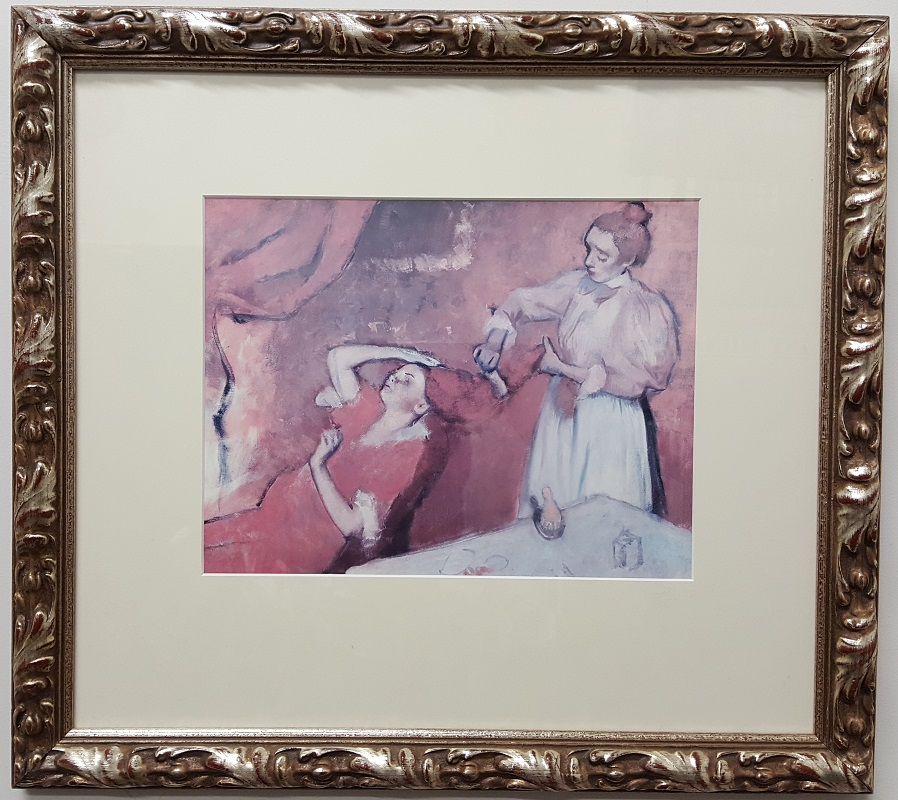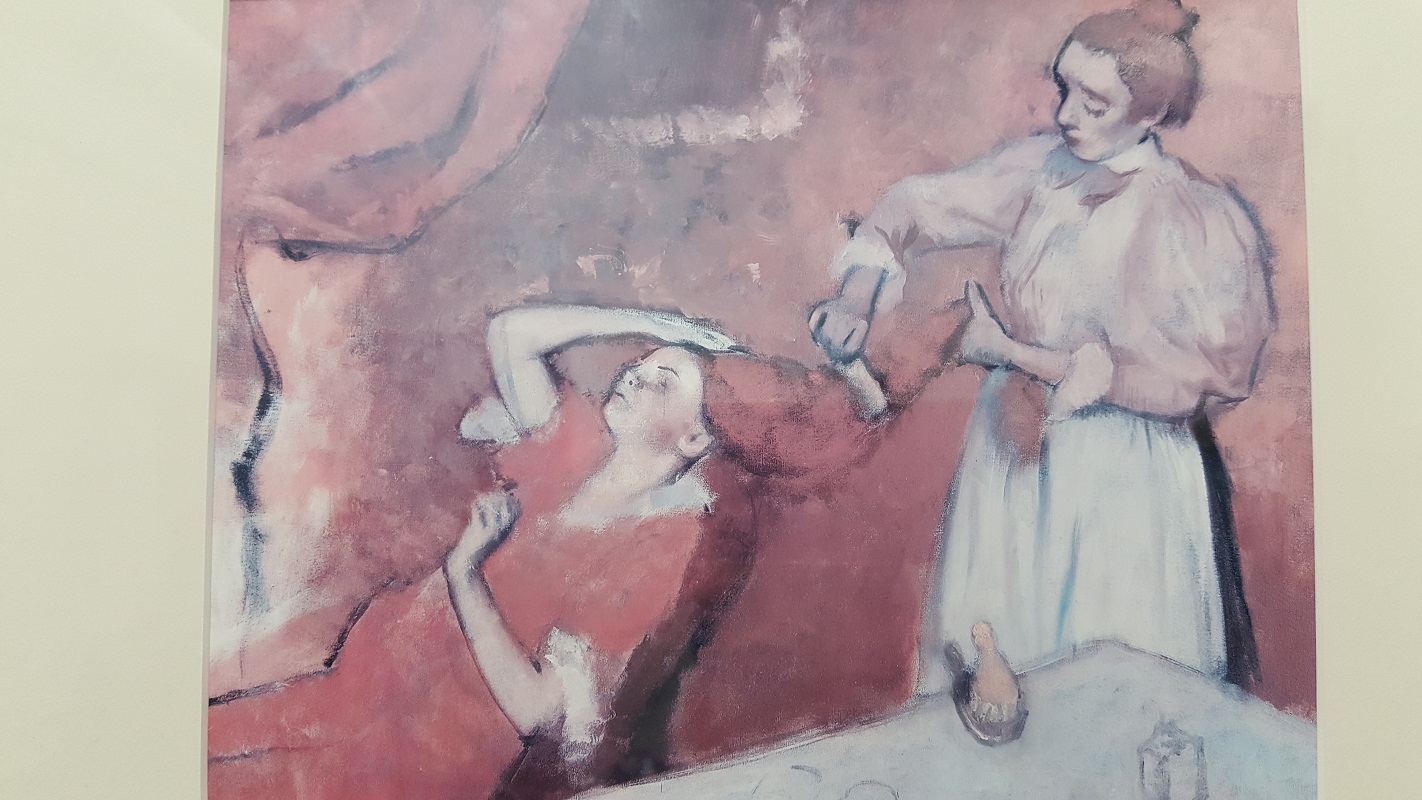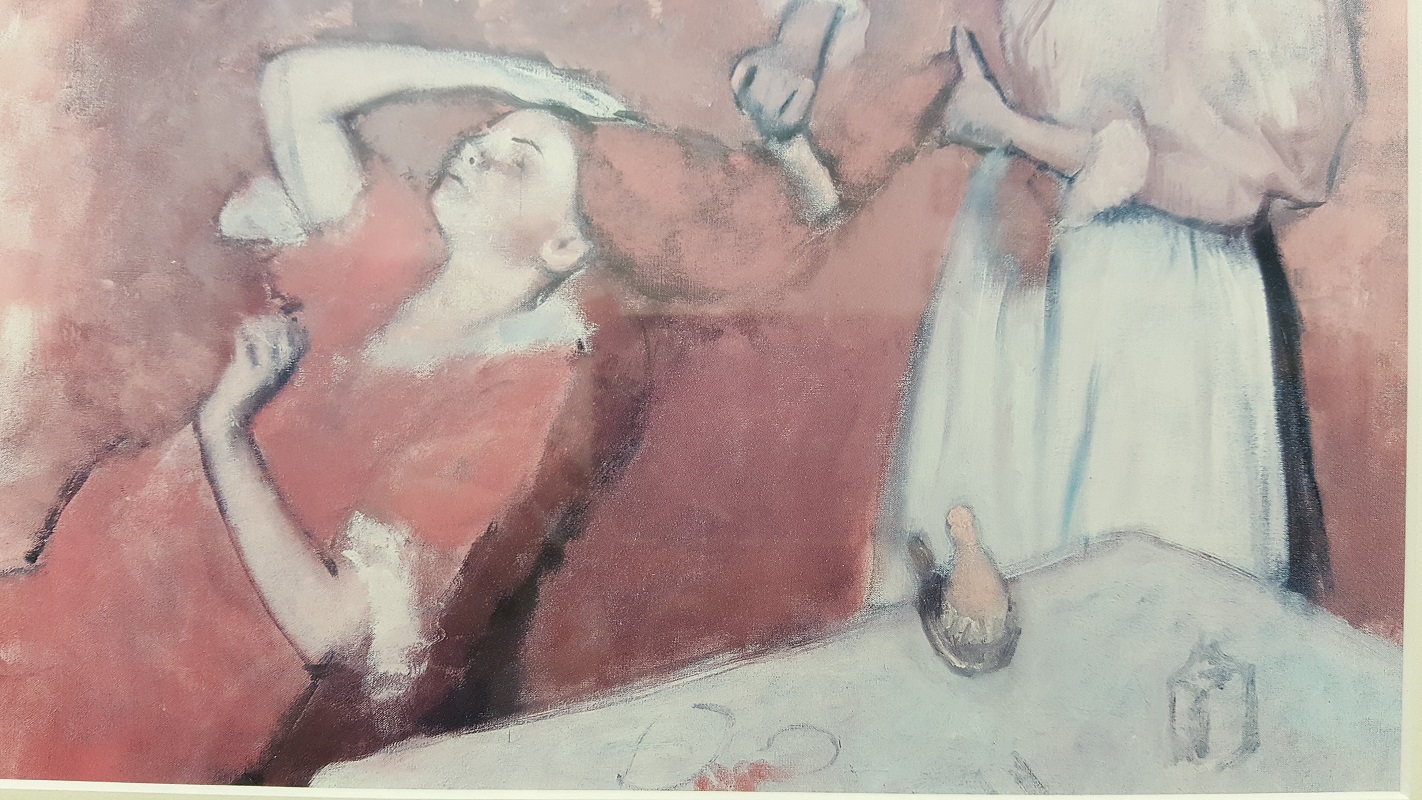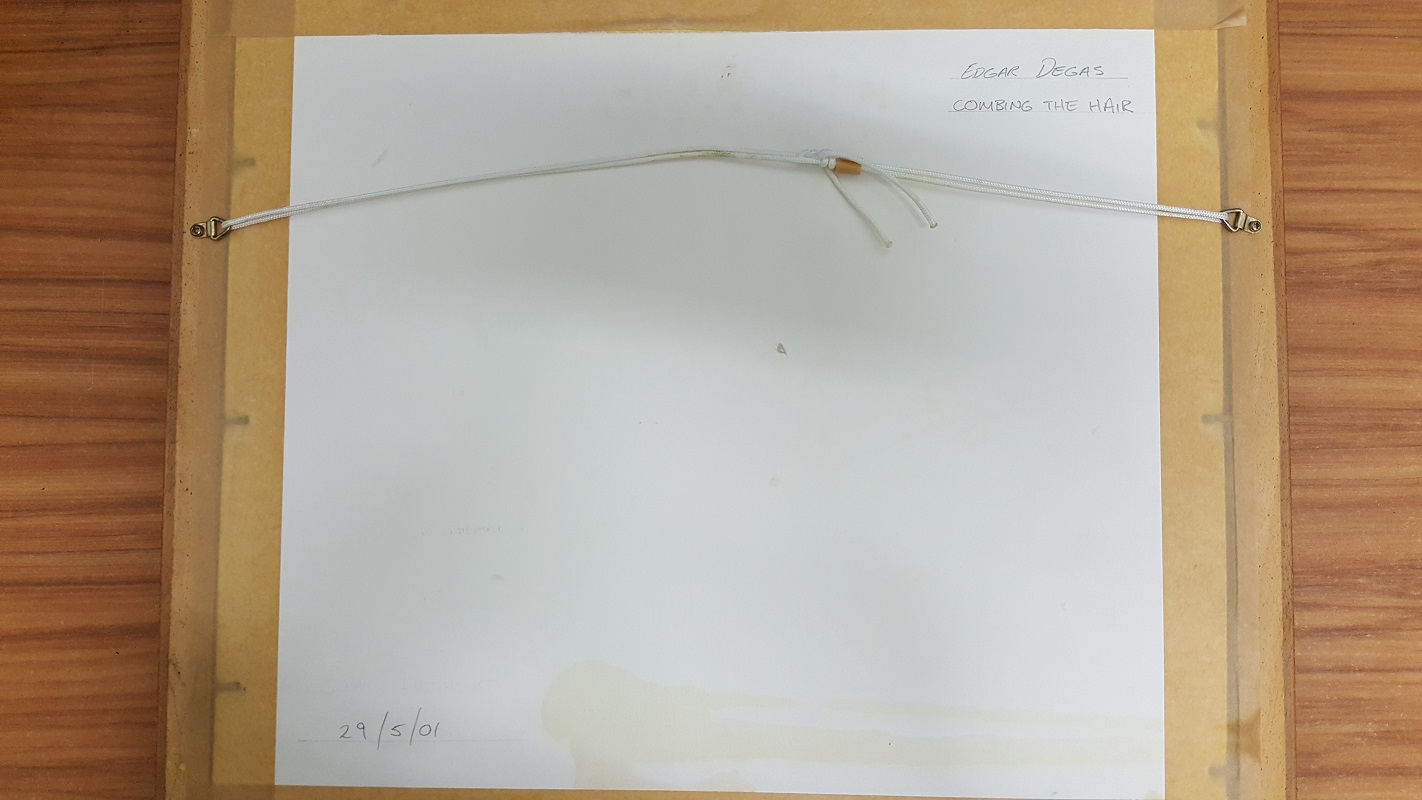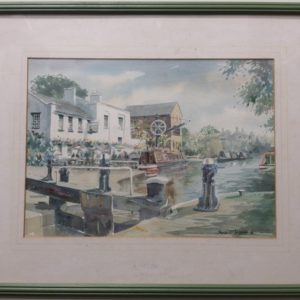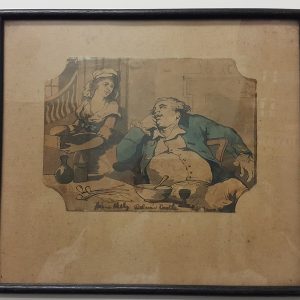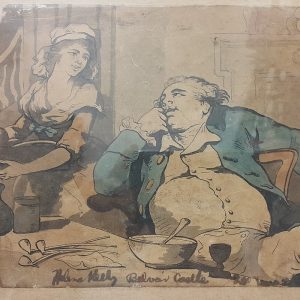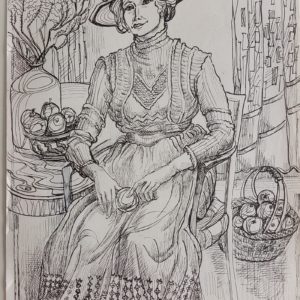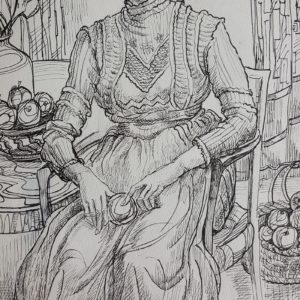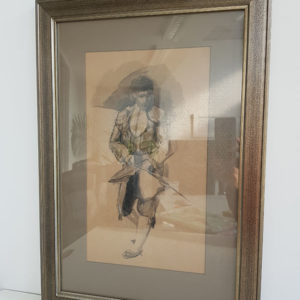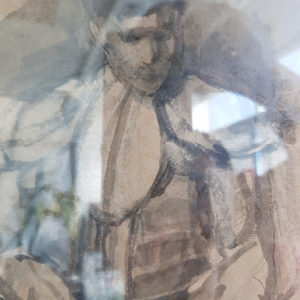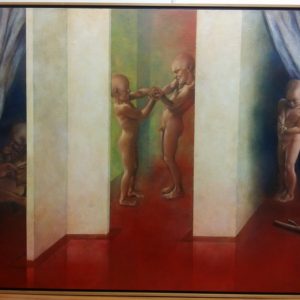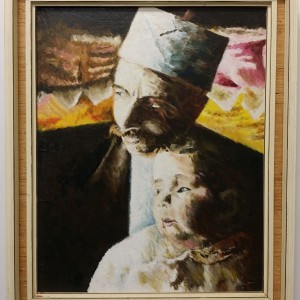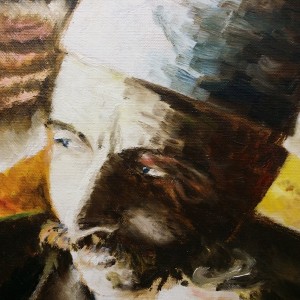Description
Author’s biography:
Edgar Degas (1834-1917)
Impressionism was a movement born en plein air — an exploration of the vicissitudes of colour, light and the living moment by painting in situ. French painter, engraver and sculptor Edgar Degas would always resist the classification of Impressionist, preferring an epithet more in keeping with his strict academic training such as Realist or Indépendant. Although he was one of the Impressionists’ leading luminaries, Degas’s Impressionism was of the body. In the contortions of a woman ‘at toilette’ or in the ballet studio, ‘for making a drama out of the body itself, its strains and toils… he is the modern Michelangelo’, as art critic Tom Lubbock once wrote.
Degas’ emphasis on the body owed much to his classical training. Born into a wealthy Parisian banking family, he studied in the studio of Louis Lamothe, a pupil of Ingres, and then at the École des Beaux-Arts where early works, such as Young Spartans Exercising (c. 1860) were very much in the classical tradition of the Academy. By 1862, he had turned away from Classical subject matter towards the contemporary world of the racecourse, café, circus and ballet. While other Impressionists were working to capture the intricacies of light, Degas was attempting to depict a different kind of animated moment — a casual, voyeuristic approach that utilised strange perspectives and a radical, photographic cropping of the image, beautifully exampled in works such as The Orchestra at the Opera (c.1870).
Between 1874 and 1886 Degas was a regular contributor to Impressionist group exhibitions, and from 1880 his work became more and more intensely focused on the female body. His obsession with the ballet grew over the 1870s and ’80s, and many of his greatest works depict either the workaday world of the dance studio, such as The Dance Class (1874), or a world ethereally illuminated by the footlights, such as The Ballet Scene from Meyerbeer’s Opera ‘Robert le Diable’ (1876).
By the 1880s Degas’ eyesight was failing and he began to focus almost exclusively on dancers and bathing women. Increasingly he turned to sculpture and pastel, with works such as Little Dancer of Fourteen Years (c.1881) and After the Bath (1896). Over the course of his life, he produced some 1,500 works connected to the ballet. He became increasingly reclusive and was almost blind when he died in 1917, aged 83.
